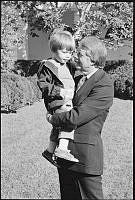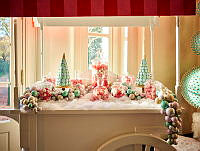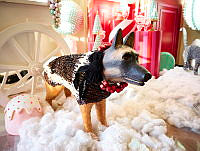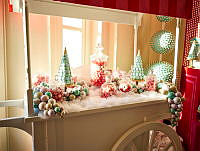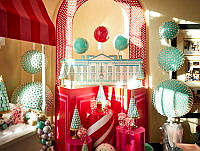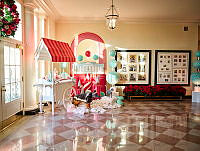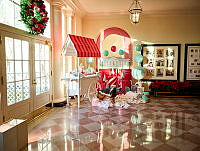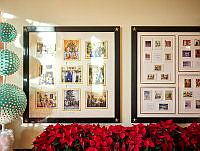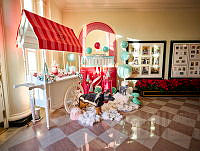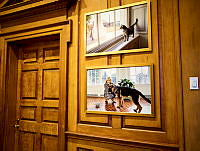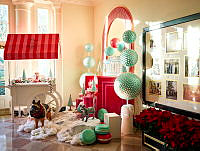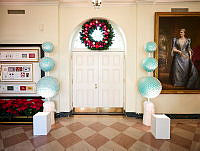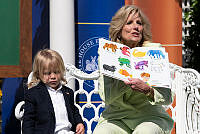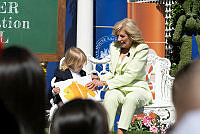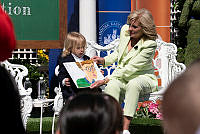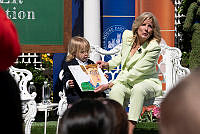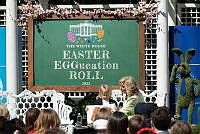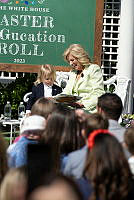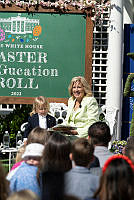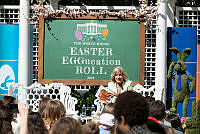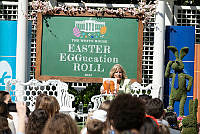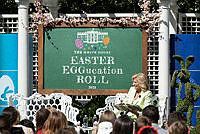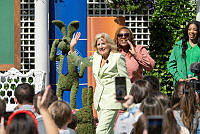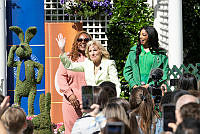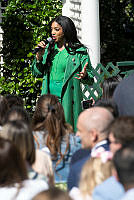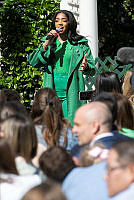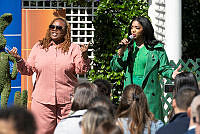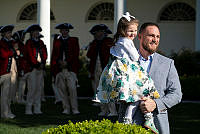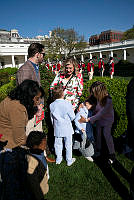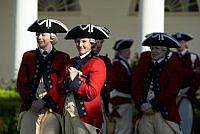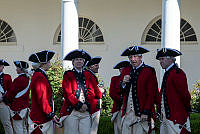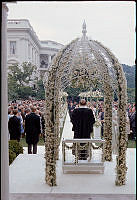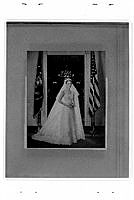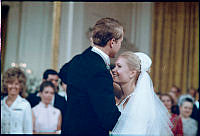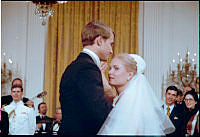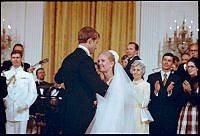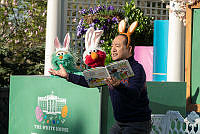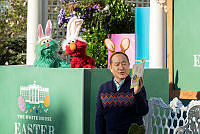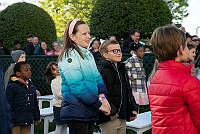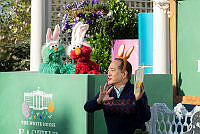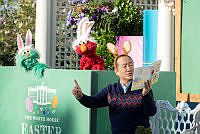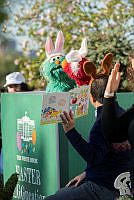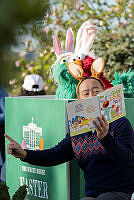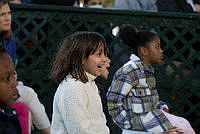Rubenstein Center Scholarship
Fall Foliage at the White House
Gallery
-

Throughout the evolution of Washington, D.C., the White House Grounds have provided a natural repose to the surrounding urban growth of the capital city.
White House Historical Association -

President’s Park is administered by the National Park Service and includes land open to the public surrounding the Ellipse south of the White House and encapsulating historic Lafayette Park to the north.
Library of Congress -

Inside the brochure to the 1996 Fall White House Gardens and Grounds Tour, First Lady Hillary Clinton explained the significance of the foliage surrounding the White House Grounds, writing to visitors, “During the past year, the lawns and gardens of the White House have been the scene of both historical events and informal entertainment of friends and family. At every gathering, guests sense the loving care that has been given to this beautiful house and grounds by all of the First Families who have lived here.”
Library of Congress -

This black gum tree, native to the Eastern seaboard, lies on the southwest grounds of the White House.
White House Historical Association -

President Rutherford B. Hayes planted this American elm tree in March 1878 near the west entrance of the north driveway leading to the White House. Although in black and white, the light foliage on the trees and the leaves on the ground and along the driveway suggests a fall date for the photograph.
Library of Congress -

An American elm tree, located at the Southeast Gate of the White House, begins to shed its leaves.
White House Historical Association -

This sugar maple graces the south driveway of the White House. The Ellipse was completed in 1880 and was influenced Andrew Jackson Downing’s landscape plans designed thirty years before.
White House Historical Association -

Installed in the spring of 1962, the White House Rose Garden serves as both a family garden, where the First Family enjoys time together, and as an extension of the Oval Office, where the president hosts formal ceremonies.
George W. Bush Presidential Library and Museum/NARA
Throughout the history of the White House and the grounds surrounding it, visitors have commented on the trees and foliage that continually add to the beauty of the grounds. In 1791, Washington city planner Pierre (Peter) Charles L’Enfant reserved approximately eighty-two acres surrounding the White House as a park. This area came to be known as “President’s Park.” Thomas Jefferson inherited a construction site when he came into office. During his two terms, he prepared plans to improve the grounds to include groves of trees, gardens, and graveled driveways, with a fence that enclosed eight acres around the residence. His plan was detailed and influenced the site’s overall layout until the Civil War. President John Quincy Adams was an enthusiastic gardener who planted trees, herbs, and vegetables and created groves of fruit and forest trees. Adams brought John Foy, Henry Clay’s former gardener working at the Capitol, to advise him on groves of fruit and forest trees.
Besides the arboricultural preferences of the early presidents, a major influence in the development of White House foliage was landscape architect Andrew Jackson Downing. His goal was to create, “a collection of all the trees that will grow in the climate of Washington . . . to form a public museum of living trees and shrubs.”1 Although his untimely death in a steamboat accident in 1852 stalled his White House landscape plan from being implemented, his design influenced the landscaping around the White House and on the Mall in one way or another for fifty years, including the addition of a "parade ground" that is today's Ellipse.
President Rutherford B. Hayes established the tradition of planting “commemorative” trees representing each president and state in the 1870s. More than three dozen special commemorative trees, in addition to a great variety of other trees, cover the grounds surrounding President’s Park. Among the trees that present vivid fall colors at the White House include White Oaks planted during the administrations of Presidents Franklin Roosevelt and Herbert Hoover, a Sugar Maple planted by President Ronald Reagan, and a Scarlet Oak planted during the administration of Benjamin Harrison.
As summer turns to fall, trees at the White House reflect the changing season by turning beautiful shades of yellow, orange, and brown. Along with the bursting of leaves and flowers in the spring, seasonal transitions provide a wonderful opportunity to admire the foliage, gardens, and nature around the White House. One Washington observer wrote in 1906, “There is nothing in nature, perhaps, more satisfying to the eye than the autumn foliage of these trees.”2
Public enjoyment of the grounds around the White House expands the knowledge and appreciation of the White House beyond the residence itself. During the 1870s, First Lady Julia Grant began hosting garden parties at the White House. Although security has increased around the White House Grounds, the public can still enjoy the seasonal foliage of the White House along President’s Park, and through bi-annual spring and fall White House gardens and grounds tours, begun by First Lady Patricia Nixon in 1973.





